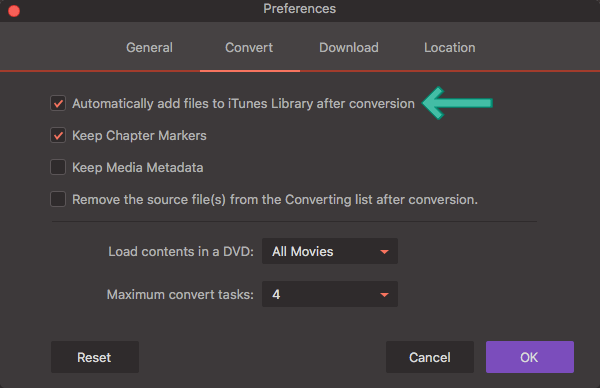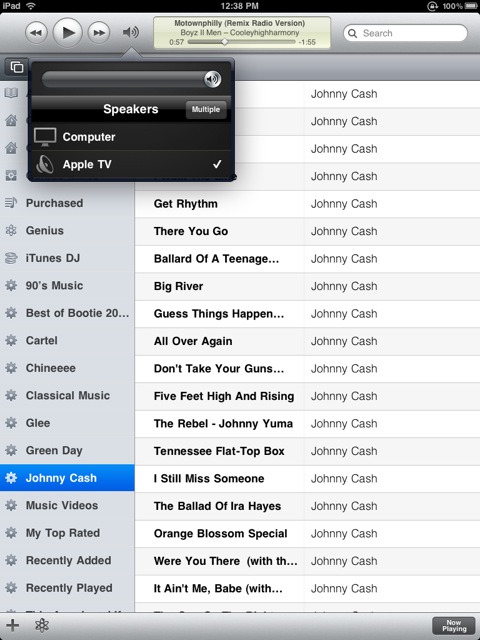

You can follow along with an external drive, though not all of the steps will be applicable. If you've never toggled on that option, you'll need to do so in order to play along here.Īlso, you need a NAS, or at least another computer with an available network share. The movement of the library is an automated thing, and it relies on iTunes being able to automatically place the files where they need to be placed.

This is an anathema to some folks, especially music collectors with their music carefully organized into expertly curated deep folder structures, but it's a requirement for this process. When enabled, iTunes takes care of the file names and folder structure of your media library. This option gives iTunes control over where your media files live. It reads "Keep iTunes Media folder organized." This option has gone by many names in past versions of iTunes, but as of version 11 it's in the "Advanced" tab of the iTunes preference pane. One thing that you do need to have turned on is iTunes' library management function. We're focusing only on taking your iTunes library and relocating it out of your home directory and onto a NAS (though the instructions will work mostly the same with a direct-attached external drive). We're not going to talk through any of that stuff-not in this article, anyway. Even third-party tools which automate some of the annoyances are at the mercy of iTunes updates breaking everything. Regardless of the method, there are drawbacks and caveats galore. There are lots of ways to do this, but they just don't stand up over time.
#Itunes remote not connecting to library how to#
We're not going to describe how to get your music centrally situated and available as an attached library for all your iTunes clients. Let's be clear going in: this is not a guide on how to set up an iTunes server. The process was both far easier and far more difficult than I figured it would be. What I do have, though, is a Synology DS-412+ with plenty of space on it. I could relocate them to an external drive, but I don't have any spare external drives with enough capacity. Still, that's 50GB of SSD space that would be taken up by files which, frankly, don't particularly benefit from being on an SSD. As iTunes libraries go, mine's middle of the road-about 50GB, made up of a mixture of music, audiobooks, and iOS apps but lacking movies, TV, and podcasts. Why would you want to do this? The reason that pushed me down this path is solid state disks.

It's not the house iTunes server we wish we had, but it does get your data off of your computer's local hard disk drive. However, it is relatively easy to take your iTunes library and simply move it to a NAS. One of its more frustrating aspects is its lack of an officially supported server component-Apple seems stubbornly unwilling to provide a real iTunes server, and so folks who would otherwise happily centrally locate a media library on a perfectly suitable NAS are stuck with islands of music.īuilding a central multi-user iTunes server that works consistently and well- that's also easy to configure and maintain without needing remote administration tools or command line hackery-is annoyingly difficult. Sometimes slow, sometimes crashy, and perpetually gaining features, it's the app we use every day but rarely with any joy. It's never been the best at any particular thing (except perhaps activating and syncing your iPhone or iPad, where it's the only official game in town), but it certainly does a lot of stuff. ITunes is something a whole lot of folks tolerate.


 0 kommentar(er)
0 kommentar(er)
